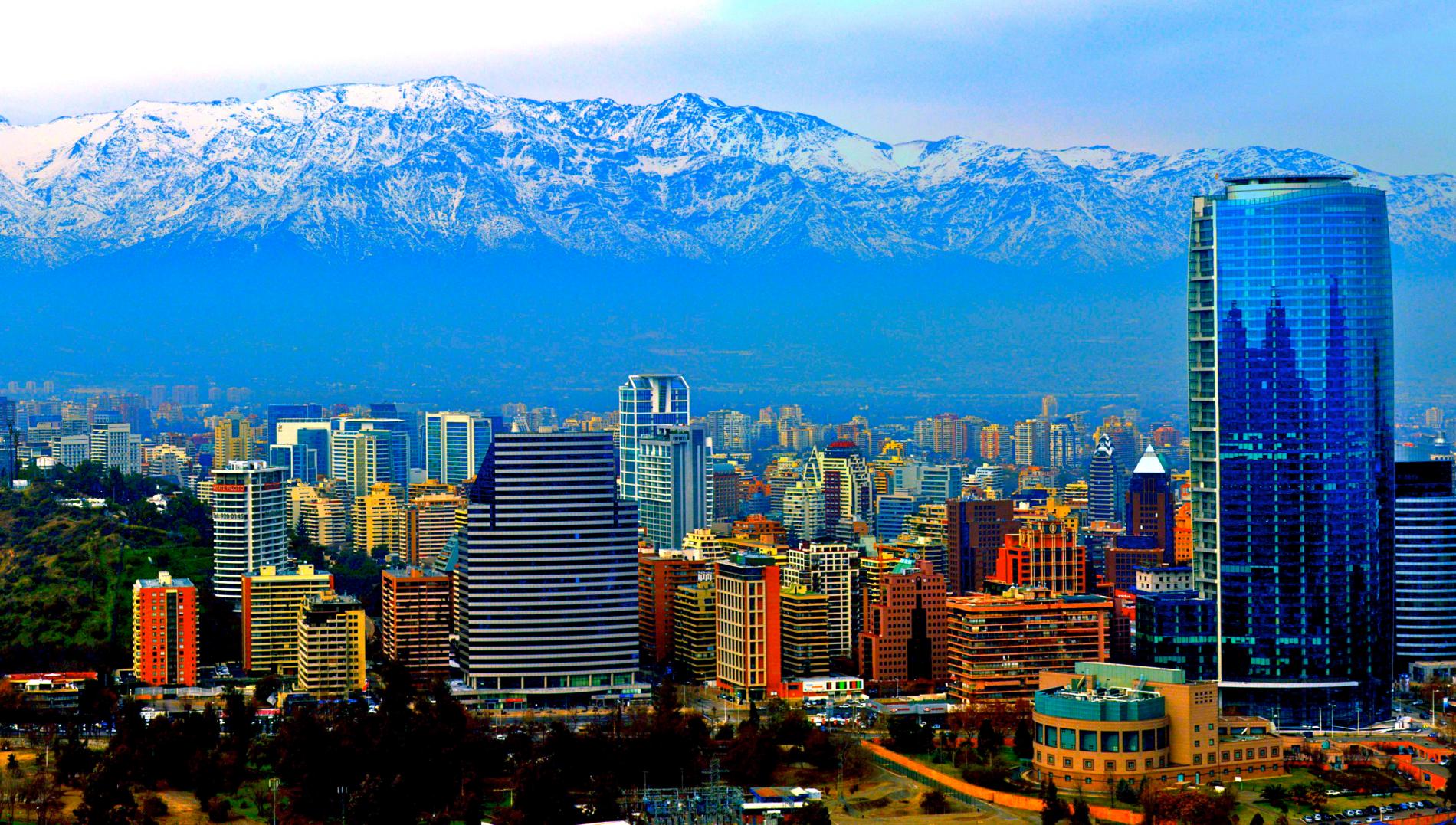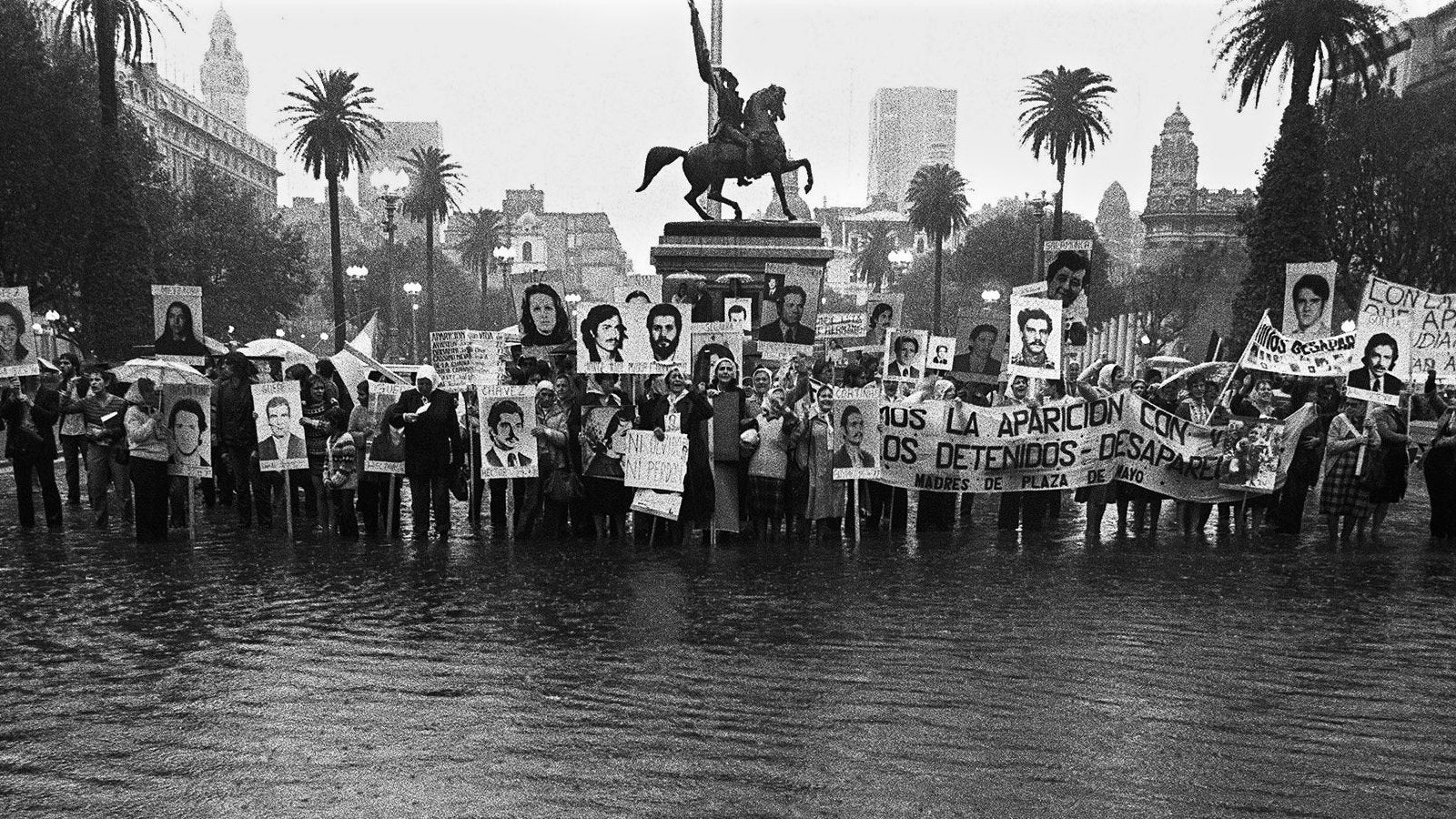
How Free Market Capitalism Made Chile the Richest Latin American Country
In the 1970’s, Chile was a country devastated by Salvador Allende’s interventionist policies. The socialist government had destroyed the economy and destabilized society, leaving the nation in complete socio-economic ruin compounded by the lack of individual freedoms. Given the worrying situation, not surprisingly, the Chilean economy was moribund and other Latin American countries such as Mexico, Venezuela, and Argentina easily surpassed their standard of human development. This led to a profound social unrest and in 1973 the takeover by the Armed Forces put an end to the Marxist era, but established a military regime in the nation headed by Augusto Pinochet.
This month, Chile commemorates 30 years since the plebiscite that showed the will of the people to put an end to Pinochet’s dictatorship in 1988.
Two years later, in 1990, the general officially handed over power, leaving behind an ambiguous legacy: lauded by foreign analysts for the economic reforms he had embraced, Pinochet had also trodden a path of human rights violations as tortures and murders, corruption and a balance of almost half of the Chilean population pushed down the poverty line. In spite of this, the national economy grew rapidly, but the military regime never extended the privilege to most of the country, which did not actually see GDP numbers reflected in their quality of life.
When Pinochet left power, Chile’s GDP per capita, considering purchasing power parity, was $4500 per year, according to the World Bank statistics. Three decades later, Chile’s GDP had quintupled, making it the highest in the continent at $24,635, and a recent projection by the International Monetary Fund (IMF) revealed that the country could become the first Latin American nation to pass the $30,000 barrier in the index by 2022 if it continues with the stable growth it has so far.
When the Armed Forces bombed the presidential palace on September 11th of 1973, killing President Salvador Allende and suspending democracy for the next 17 years, Chile began to experience an abrupt investment in the current country model. The dreamed-up democratic transition to socialism, promised by Allende, had proven incapable of overcoming internal and external pressures and government errors, and now a military regime was entering onto the scene. In Chile, as well as in the other countries that went through dictatorships at the time, the military had a statist tradition. Allende’s project, however, already saw such a large participation of the State in the economy that the search to move away from everything that referred to the overthrown government also made Pinochet abandon his statist views.
In a few years, Chile would become the great laboratory of classical free market capitalism in Latin America.
A collaboration of decades between the Faculty of Economics of the Catholic University of Santiago and the University of Chicago made the Military Government Board of that time decide to give an opportunity to the young disciples of Milton Friedman who were being formed in the country. Throughout the entire dictatorship, the so-called “Chicago Boys” held important ministerial positions, leading radical measures to open up the market, make labor laws more flexible and to privatize many different areas of the economy. Step by step, even sectors considered untouchable, such as health, education and copper exploitation (the main Chilean export resource, which had been progressively stratified since the 1960’s) came out of the hands of the State or, at least, were shared with private investors.
This large number of reforms made by the ‘Chicago Boys’ paved the real path for the country’s economic and social development. One of the most prominent was pension reform—moving from a public system to one of individual or private capitalization—reducing the burden of taxes and spending and increasing savings and investments, while also producing a 50-100 percent increase in retirement benefits. Also, the changes to the business taxation model were part of the ‘magic’ solution. Before the reforms, retained earnings used to be taxed at about 50 percent, but the tax rate dropped to 10 percent in 1984. Despite the fact that it has not remained at that low level in recent years, the rate has remained below 20 percent, so the tax system is not a major obstacle to production and companies are free to invest more.
Aside from expanding foreign currency freedom, Chile also improved its score on free trade across borders. Tariffs on exports, formerly an onerous obstacle, were largely eliminated, allowing foreign competition to enter the market. As a result, Chile’s exports rapidly doubled between 1985 and 1989, a path that continues today.
The regulatory burden was reduced during that period as well. The World Bank reports that it used to take up to 27 days to set up a new company in Chile; it now takes seven days. Investments increased from 11.3 percent of GDP in 1982 to 20.3 percent in 1989. National savings also increased during that period, from 2.1 percent of GDP to 17.2 percent. As companies had more freedom to expand and develop, Chile had more innovations with higher profits and savings.
The ‘Chilean miracle’ recorded annual GDP growths in the order of 7.8% to 9.9% per year between 1977 and 1980 and, despite the acceleration of the economy, inflation was falling—from triple digits (508% in 1973) to the order of 30% to 40% per year. With the end of customs barriers, and with greater purchasing power, the richest third of the population experienced an unprecedented explosion in consumption and imports.
In the 1980s, Chile had 65% more cars, 186% more television sets, 176% more washing machines and 478% more refrigerators sold than before the coup.
Since the beginning of the 2000’s, the Chilean government has used an “anti-cyclical” economic policy, which seeks to leave public spending less linked to market volatility, especially in relation to copper prices: within the Chilean Fiscal Responsibility Law, public spending remains largely unchanged at times when the market is favorable, so that the government has the resources to continue expanding social investments during the lean cow season. This prevents an eventual boom from being used for short-term political gains, generating surpluses for future administrations, as happened in other countries of the region.
Today, Chile is considered the third freest country in the region after Canada and the United States, and the 20th in the world, according to the Heritage Foundation’s 2018 Index of Economic Freedom. And the free market has proven in Chile that its formula is the most efficient way to help even little Latin American nations to escape poverty and find a right path to better well-being and human development.
Free the People publishes opinion-based articles from contributing writers. The opinions and ideas expressed do not always reflect the opinions and ideas that Free the People endorses. We believe in free speech, and in providing a platform for open dialogue. Feel free to leave a comment.




Raymond Ogden
And just a few years later, all of this success colapsed under the weight of massive income inequality.
https://marker.medium.com/how-chiles-free-market-success-story-is-falling-apart-7a07763b085